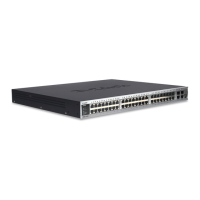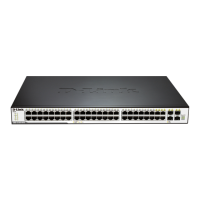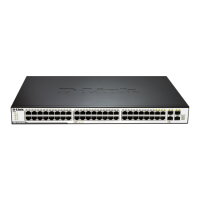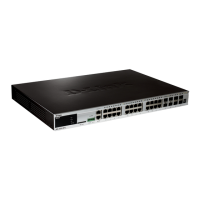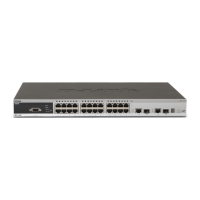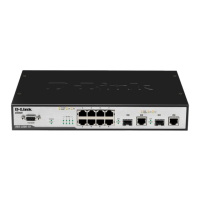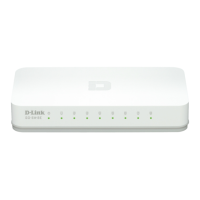Chapter 34 OSPFv3 Configuration DGS-3610 Series Configuration Guide
To run the OSPFv3, follow these steps in the privileged mode:
Enter the global configuration mode.
ipv6 router ospf process-id
Start the OSPFv3 route process and
enter the OSPFv3 configuration mode.
Configure the Router ID used when this
device runs the OSPFv3.
Enter the interface configuration mode.
ipv6 ospf process-tag area
area-id [instance instance-id]
Start the OSPFv3 on an interface.
instance-id: Set an OSPFv3 entity
number when an interface participates
in the OSPFv3. The interfaces of
different devices connected a same
network, you can select to participate in
different OSPFv3 entities.
copy running-config
startup-config
In the interface configuration mode, first enable the interface to
participate in OSPFv3 and then configure the ospfv3 process. After you
configure the ospfv3 process, the interface will automatically participate
in the corresponding process.
34.3 Configuring OSPFv3 Interface
Parameters
In the interface configuration mode, you can modify parameter values of an interface to meet
practical application needs.
To configure an OSPFv3 interface parameter, run the following commands in the interface
configuration mode:
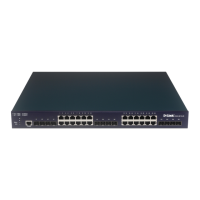
